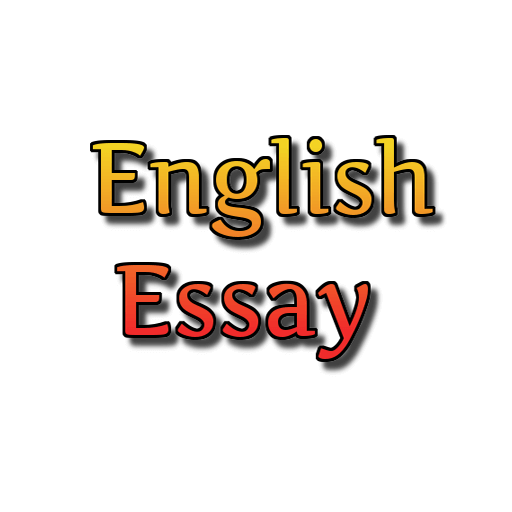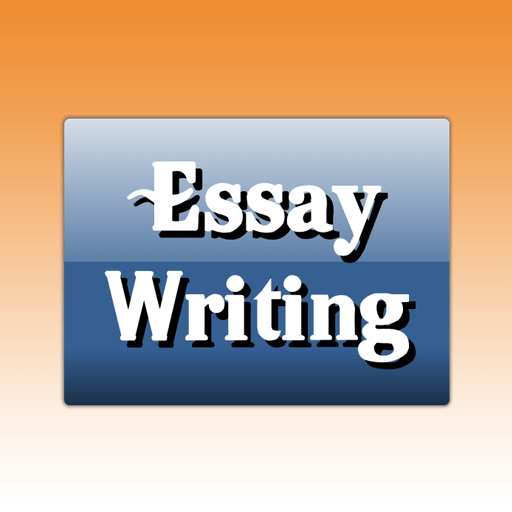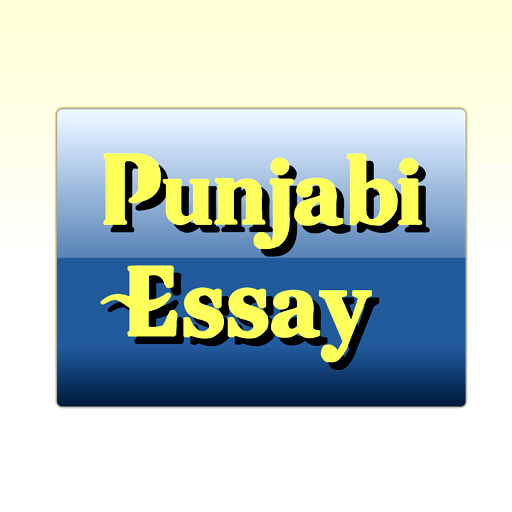Creative Writing
Man is a social animal. Once his basic needs of food, water, shelter, and clothing are met he feels a gnawing need to communicate. It is because of this inherent need that language came about. The basic language is primarily used to convey information and store data; however, creative language from a different frame of mind.
Creative Writing is writing that expresses the writer’s thoughts and feelings in an imaginative, often unique, and poetic way.
Creative Writing is guided more by the writer’s need to express thoughts and feelings and not just information.
Creative Writing is a form of artistic expression, draws on the imagination to convey meaning through the use of imagery, narrative, and drama. It is a colorful play of words.
Literary Work of Any Type Consists of Four Major Aspects.
- Content
- Form
- Structure
- Style
Content
Content comes alive through experience. Experience is its very essence. What one observes around oneself through all one’s senses is essential in bringing out believable and authentic content, even in totally imaginary situations. All writers in their work bring in situations, plots, characters, and even scenery from the experience they draw from real life. On this works their imagination, the outcome of which is a great piece of art. The magic lies in making the script completely believable.
Form
The next aspect is that of form. The literary form is decided by the content- whether the idea will come out as a short story or a novel or some other form.
Structure
The requirement is easy communication and easy comprehension. The writer has to know how much of he wants to express in his work and in what order.
A certain amount of common sense and logic is needed. For example, a novella or novel cannot be written with only two characters and a short story cannot have too many characters. Again, depending on the literary form adopted, the writer must decide as to how much he should emphasize the locale or each character or when should he introduce the action leading to the denouement, etc.
The Aristotelian order is preferable with a “beginning-middle-end”. Of course, variations may be unlimited depending on the imagination and skill of the writer.
The end result must be complete with no loose ends. Every word, phrase, sentence, paragraph, chapter, and the whole book must be well integrated and incomplete and satisfying harmony.
Style
Last but not the least, is the aspect of style. Style is nothing but the manner in which you express your thoughts and feelings in words. It is possible that two literary pieces on the same subject or with the same theme, be structurally sound and yet, stylistically different, making one superior to the other. Style is the result of a well-cultivated awareness of words and syntax and the distinctive use of both. It is personal and identifies or distinguishes the writer.


